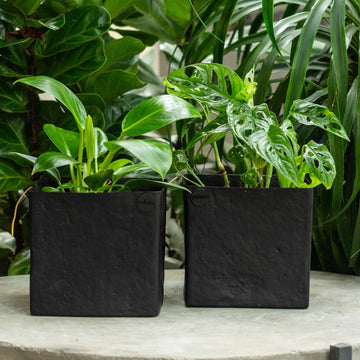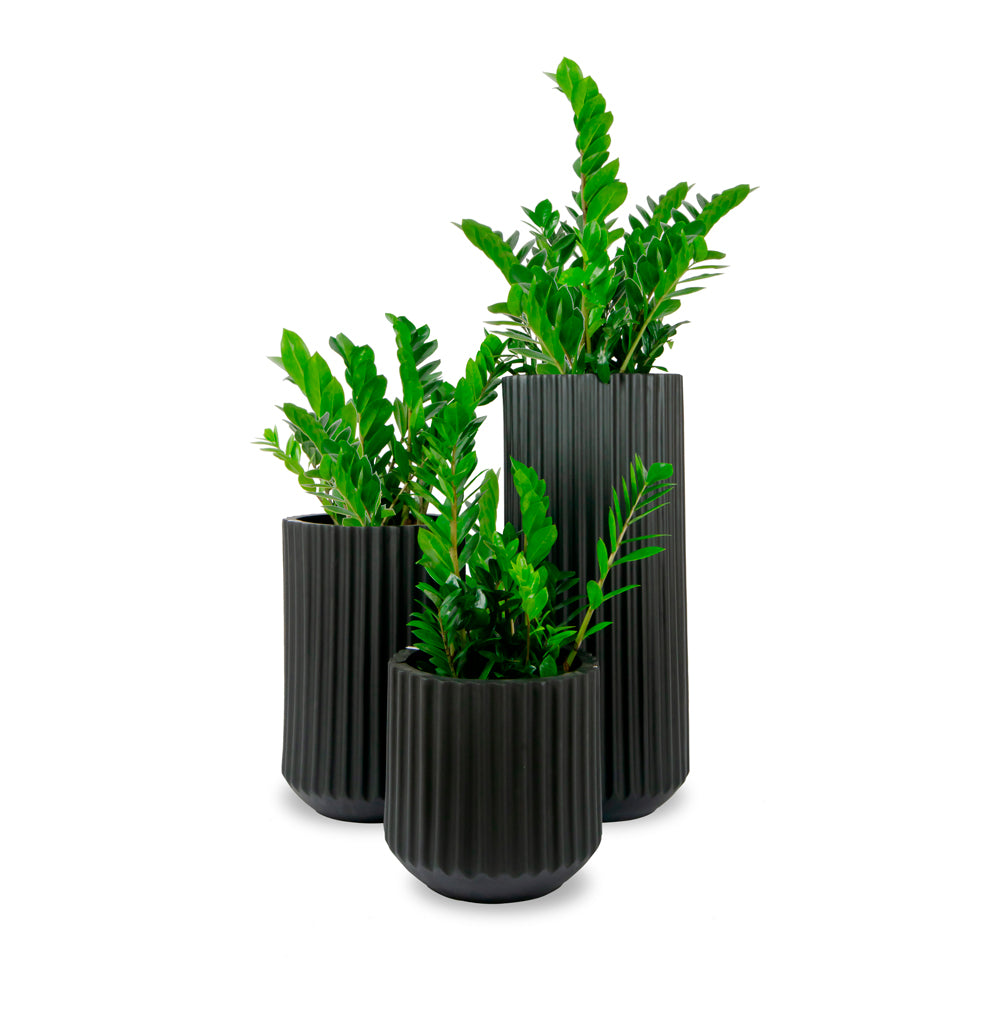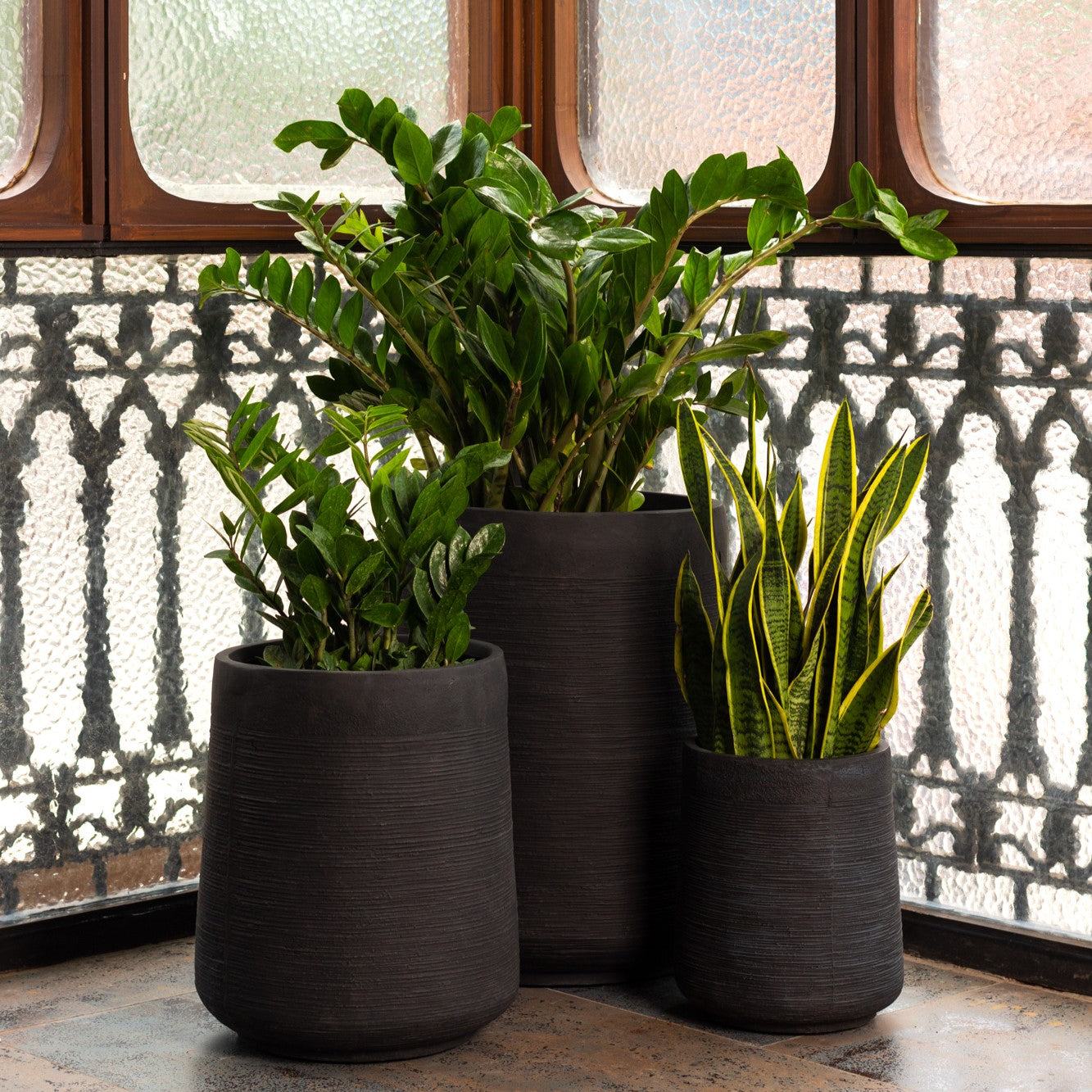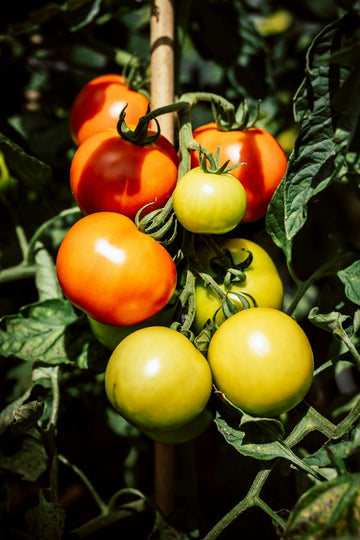In the colorful tapestry of India, plants have always held a special place. From traditional Ayurvedic herbs to exotic ornamental wonders, the flora of this diverse nation is as rich and varied as its people. However, amidst this natural splendor, several myths and misconceptions have sprouted like weeds. Let's delve into the verdant world of planters, large planters, indoor plants online, and debunk ten prevalent plant myths in India, including the one about mosquitoes thriving due to more plants.
Separating Facts from Fiction
Plants Attract Mosquitoes | Cactus and Succulents Bring Bad Luck | Talking to Plants Enhances Their Growth | Plants are High Maintenance | Plants Need Daily Watering | Plants can’t Thrive and Survive Indoors | All Indoor Plants Improve Indoor Air Quality Equally | Plants Can't Thrive in Urban Areas | All Plants Are Pet-Friendly | All Plants Need the Same Amount of Water | Planter Recommendations
Myth 1: Plants Attract Mosquitoes
Fact: Plants alone do not significantly increase mosquito populations. While stagnant water in plant saucers might attract mosquitoes, the plants themselves do not contribute significantly to the mosquito population. Regularly emptying saucers and maintaining good drainage can prevent this issue.
(back to top)
Myth 2 : Cactus and Succulents Bring Bad Luck, Negativity and Misfortune.
Click on the image to buy
Fact: Cacti and succulents are hardy, low-maintenance plants that add beauty to any space. They do not bring bad luck; in fact, they are symbols of endurance and resilience.
(back to top)
Myth 3 :Talking to Plants Enhances Their Growth
Fact: While it’s a lovely idea, plants don’t respond to human speech. They thrive with proper care, sunlight, and water, not conversation.
(back to top)
Myth 4: Plants are High Maintenance
Click on the image to buy
Fact: Many plants are low-maintenance and resilient. There are plenty of low-maintenance plants that require minimal care. Succulents, snake plants, and peace lilies are examples of sturdy plants that thrive with little attention.
(back to top)
Myth 5: Plants Need Daily Watering

Fact: Overwatering can harm plants. It’s essential to understand each plant's specific water requirements and soil moisture levels before watering to prevent root rot.
(back to top)
Myth 6: Plants can’t Thrive and Survive Indoors
Fact: Numerous indoor plants, like Pothos, Bamboo palm, ZZ plant, Snake plant and Rubber Plant, thrive indoors when provided with the right conditions, enhancing indoor air quality and aesthetics. Go ahead and buy as many indoor plants as you can!
(back to top)
Myth 7: All Indoor Plants Improve Indoor Air Quality Equally
Click on the image to buy
Fact: Different plants have varying air-purifying abilities. While many indoor plants help improve air quality, their effectiveness can vary. Some plants, like the spider plant and pothos, excel at removing toxins like formaldehyde and benzene from the air.
(back to top)
Myth 8: Plants Can't Thrive in Urban Areas
Click on the image to buy
Fact: Urban gardening is a growing trend. Urban gardening, facilitated by planters and large planters, allows people in cities to enjoy gardening. With proper care and suitable plant choices, urban areas can become green oases filled with blooming life.
(back to top)
Myth 9: All Plants Are Pet-Friendly

Fact: Some plants can be toxic to pets. It's essential to research before bringing plants into a home with pets. Certain plants, like lilies and philodendrons, can be harmful to cats and dogs. Opt for pet-friendly options like spider plants or Boston ferns.
(back to top)
Myth 10: All Plants Need the Same Amount of Water
Fact: Each plant has unique water requirements. It’s crucial to understand these needs for proper care. For example - a snake plant or a ZZ plant require watering only once a week and go without watering for even 3 weeks . This is due to the fact that they store water in your leaves and do not require much water. On the other hand we have the peace lily or the fittonia plant that requires constant maintenance and watering as their leaves droop and sometimes shrivel up due to the lack of water. These plants require to be watered atleast once in 3 days .
We hope this myth-busting journey has enlightened you about the fascinating world of plants in India. Remember, understanding the needs of each plant is the key to nurturing a thriving green space. Happy gardening!
(back to top)
Recommendation for Your Indoor Plants
Discover more planters for your Indoor Plants














 At Palasa, we believe in the seamless fusion of nature, design and humanity.
At Palasa, we believe in the seamless fusion of nature, design and humanity.